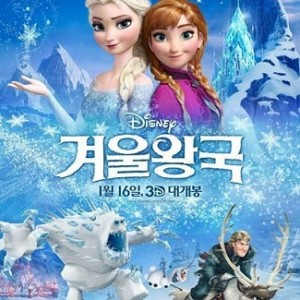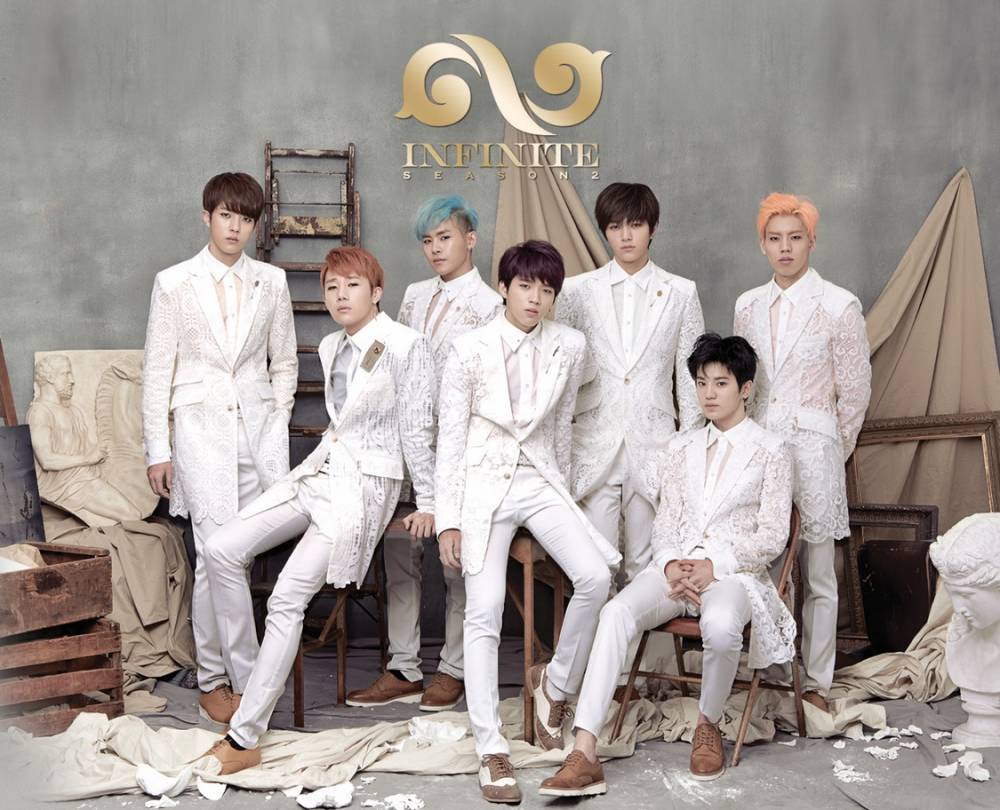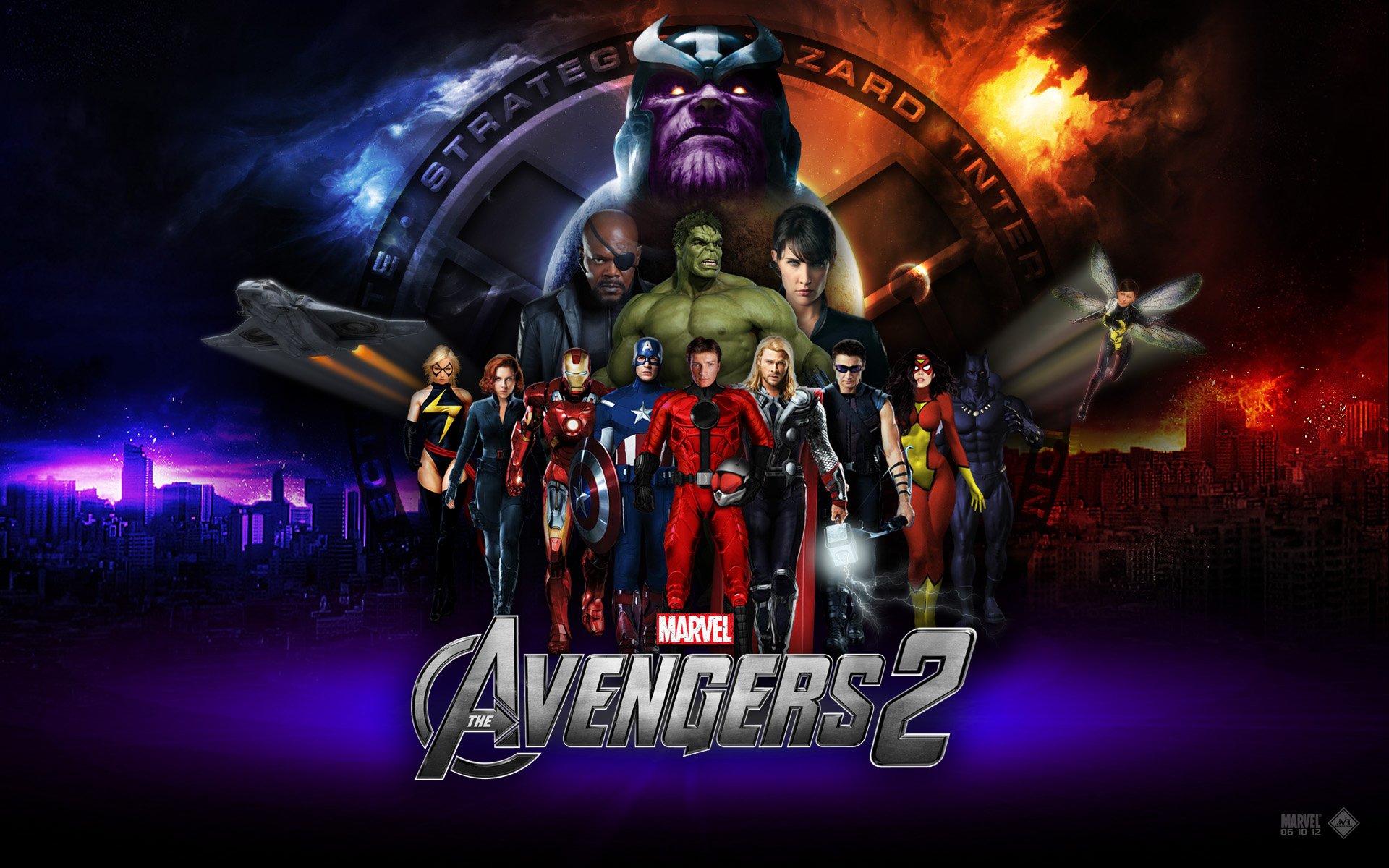 Let it go. Recently, the plethora of covers by K-pop idols has inundated the music scene as Korea has been swept up with the craze over the Disney animated film, “Frozen.” The animated film has been a blistering success for Disney animation studios internationally, burgeoning their (non-Pixar) popularity of their Disney princess brand. In fact, Disney’s reach has extended past their North American shores towards a more globalized audience more effectively in the past few years due to their glocalization efforts.
Let it go. Recently, the plethora of covers by K-pop idols has inundated the music scene as Korea has been swept up with the craze over the Disney animated film, “Frozen.” The animated film has been a blistering success for Disney animation studios internationally, burgeoning their (non-Pixar) popularity of their Disney princess brand. In fact, Disney’s reach has extended past their North American shores towards a more globalized audience more effectively in the past few years due to their glocalization efforts.
Today, the planet seems to be increasingly smaller as there are more ways to connect to different people around the globe more rapidly than it would have taken people about 15-20 years ago. Along with the exponential growth in communication speed and access, companies have extended their brands globally. Products have to be mapped out on a global scale. However, with increases in globalization efforts, many companies have realized that it takes a lot more than extending their brand popularity in one country — expanding those same core values and branding to other countries– and expecting the same success overseas.
Glocalization encompasses these existing brands and companies and reworks the brand, product, image, and marketing to fit the local customs, values, and tradition. It stems from a Japanese concept, dochakuka, which was utilized to further the spread of J-pop throughout various Asian territories by hyper targeting local eccentricities. An example of glocalization changes which sparked better local response was when Disney opened Hong Kong Disneyland in 2005. The opening was considered highly unsuccessful with Disney amassing losses from the venture. However, after changing food items, tickets costs, and traditional space planning (feng shui) to accommodate the local culture, the company was able to eventually turn Hong Kong Disneyland profitable in 2012. Catering to the local conditions is something that Disney has been learning and adjusting to since their entry into the Korean animation market.
Korea’s history of animation is especially young. The first physical evidence of Korean animation is estimated to have originated in the early 1950s. Otherwise, the domestic animation market in Korea was lacking in the 1950s, except for the imports of Disney animated films. The first import was Peter Pan in 1957. Continuing into the 1960s, Disney continued to release animated films like Cinderella and Snow White and the Seven Dwarves, marketing towards the family unit. After this, Korea’s film industry went through a period of decline — in terms of sales — and in the 1980s, then-dictator General Chun Doo-hwan enacted a strict quota that required theaters to screen domestic films 165 days out of the year; this hindered the international film imports into Korea, including Disney as well.
 Fast forward to today’s film market in Korea and the international film import market is thriving. The Korean film market has been gaining traction with box office sales continually growing in recent years. In the past year, many international actors and actresses have been traversing to Korea to promote their films because of the larger share of the market Korea occupies. In 2007, Disney had one film crack the top 100 highest grossing films in Korea. In 2013, it had 6 titles in the top 100 grossing films, with Iron Man 3 being the highest grossing international (non-domestic) film in Korea that year. Successfully incorporating locations in Korea into the movie, Iron Man 3’s success has possibly inspired the upcoming The Avengers 2: Age of Ultron‘s consideration of location filming in Korea as well as the inclusion of a Korean actress in the film; with these additions, Disney is hyper targeting the local affect and opening more opportunities for specialized marketing efforts in the region. However, aside from major blockbusters, was Disney able to effectively market their drama-oriented films to the local Korean market where Western dramas have typically been unable to effectively connect to audiences?
Fast forward to today’s film market in Korea and the international film import market is thriving. The Korean film market has been gaining traction with box office sales continually growing in recent years. In the past year, many international actors and actresses have been traversing to Korea to promote their films because of the larger share of the market Korea occupies. In 2007, Disney had one film crack the top 100 highest grossing films in Korea. In 2013, it had 6 titles in the top 100 grossing films, with Iron Man 3 being the highest grossing international (non-domestic) film in Korea that year. Successfully incorporating locations in Korea into the movie, Iron Man 3’s success has possibly inspired the upcoming The Avengers 2: Age of Ultron‘s consideration of location filming in Korea as well as the inclusion of a Korean actress in the film; with these additions, Disney is hyper targeting the local affect and opening more opportunities for specialized marketing efforts in the region. However, aside from major blockbusters, was Disney able to effectively market their drama-oriented films to the local Korean market where Western dramas have typically been unable to effectively connect to audiences?
Prior to Frozen, the highest grossing animated feature film was Kung Fu Panda 2. Helmed by Korean-American director Jennifer Yuh Nelson, the film became a resounding success with the second film exploring “the meaning of family and soul-searching as the hero must overcome a personal trauma to defeat a new villain.” Miky Lee of CJ Entertainment was a founding investor of DreamWorks, the studio that created “Kung Fu Panda 2,” allowing the studio to establish a tie to Korea and helping the studio to gain insight on the local market. This film was aptly able to find success by being relatable to Korean audiences. Since, traditionally, blockbusters make up the bulk of the high-performing box office numbers, for an international film with a focus on family and internal conflict to attain such a level of success was remarkable.
 Likewise, Disney has continued to make significant strides to appeal to the local audiences in Korea. In 2013, Disney Korea held two festivals in Seoul to personally have their iconic characters interact with families and their young adult audience. In addition, Disney has been able to expand their presence in Korea through opening networks such as ESPN and Disney Channel. These ventures continue to use glocalized media to attract an audience. The popular Disney show “Phineas and Ferb” parodied popular Psy track “Gangnam Style” in 2012, deftly renamed “Perry Style” to engage with the local explosion of the track during that time period. Also, even though Disney Channel has been a presence in Korea since 2002, it wasn’t until 2011, after Disney formed its first joint-venture with SK Telecom, it began broadcasting programming in Korean instead of English. Being able to target their young audiences with the local language was one of Disney’s priorities. Furthermore, Disney has tapped into the K-pop idol culture bringing on idols such as Dasom, Luna and Baro to make appearances on programming. With Frozen, one of the major efforts Disney made early on was the adaptation of the most notable song, “Let It Go,” into 25 different languages, including Korean.
Likewise, Disney has continued to make significant strides to appeal to the local audiences in Korea. In 2013, Disney Korea held two festivals in Seoul to personally have their iconic characters interact with families and their young adult audience. In addition, Disney has been able to expand their presence in Korea through opening networks such as ESPN and Disney Channel. These ventures continue to use glocalized media to attract an audience. The popular Disney show “Phineas and Ferb” parodied popular Psy track “Gangnam Style” in 2012, deftly renamed “Perry Style” to engage with the local explosion of the track during that time period. Also, even though Disney Channel has been a presence in Korea since 2002, it wasn’t until 2011, after Disney formed its first joint-venture with SK Telecom, it began broadcasting programming in Korean instead of English. Being able to target their young audiences with the local language was one of Disney’s priorities. Furthermore, Disney has tapped into the K-pop idol culture bringing on idols such as Dasom, Luna and Baro to make appearances on programming. With Frozen, one of the major efforts Disney made early on was the adaptation of the most notable song, “Let It Go,” into 25 different languages, including Korean.
A lot of the momentum for the continued success of the movie can be chalked up to the continuing coverage from idols and media, with one show on the JTBC network utilizing Super Junior’s Heechul to comment on which celebrities looked similar to the two main characters of Frozen. However, the glocalized marketing efforts across the board gave the movie the push to become widely discussed by adapting the Frozen marketing material to match Korean-styled posters, Korean mobile games, and music. The relationship and recent success of the animated film has illuminated the need for global companies to understand and delve into the local customs and culture.
With that said, what instances of glocalization have you noticed in your country, and which ones did you find enjoyable?
(KoreaTimes [1][2][3], JOINS, SportsWorld, Box Office Mojo, Walt Disney [1][2][3], Ideas Make Markets, Monash University, Dong-A, Korean Film Org, KoreaAm, Disney Channel Korea, YouTube[1][2]. Images via: OSEN, Walt Disney Company)


